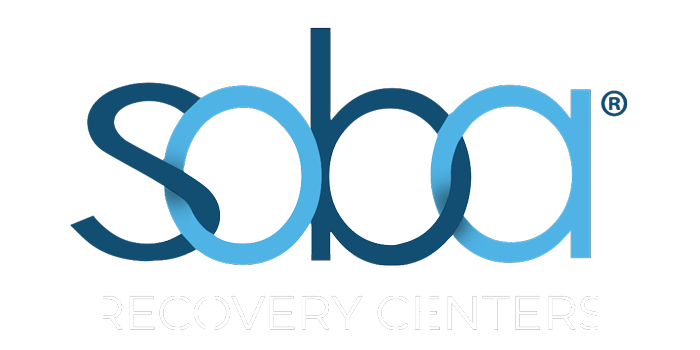Expressive Therapy, also known as Creative Art Therapy, is used in the field of addiction as a form of healing, where the process of creation is emphasized more so than the final product. Expressive Therapy is used to assist the client in getting in touch with his or her inner and authentic self. Creative Art Therapy is used as a form of expression for feelings and emotions that cannot be put into words or easily identified. Clients are given the opportunity to heal through the use of imagination and creative expression. Various forms of Expressive Therapy exist to meet the individual needs of each client, including Visual Arts Therapy, Drama Therapy, Dance Therapy, and Music therapy.
Visual Arts Therapy
The most common form of Expressive Therapy is Visual Arts Therapy. This includes painting, drawing, collaging, and sculpting. It is a form of psychotherapy with the arts being the primary mode of communication. Clients are able to achieve insight, increase self-awareness, and cope with negative experiences. Clients are urged to paint or draw their feelings, or relay situations in their lives that have caused negative emotions. Sculpting can be used as a tool to relay the client’s thoughts on their body image and to express innumerable feelings. Visual Arts Therapy can assist clients in processing traumatic experiences and stressors they have struggled with in their lives. Art therapists and other professionals use art-based assessments to evaluate emotional, cognitive, and developmental conditions. There are also many psychological assessments that utilize art-making to analyze mental functioning. Interpretations of drawings and paintings are made based on colors, lines, and shapes, abstraction and integration, representation of the image in context, the use of people or animals, inanimate objects, movement portrayal, and placement on the page. Visual Arts Therapy models coping skills, promotes relaxation, increases a sense of security and stability, and normalizes feelings.
Drama Therapy
Drama Therapy is a very active approach used to facilitate change. It utilizes the use of storytelling, projective play, improvisation, and performance. Clients are instructed to rehearse desired behaviors and perform the change they wish to be. By interacting with other clients, participants can practice being in relationships and develop an understanding of what a healthy relationship consists of. In the process, clients also learn how to find flexibility between their many life roles. Problem-solving skills are increased during the process of Drama Therapy as well. The theater techniques used promote mental health and personal growth. Dramatic distancing is used to express emotional and psychological problems through the use of metaphors. In doing so, the clients have the ability to cope with the issues in a way that is much easier for them to tolerate.
Dance Therapy
Dance Therapy also referred to as Dance Movement Therapy, is based on the premise that the body, mind, and spirit are connected. It is effective for clients with physical, psychological, developmental, and social impairments. Dance Therapy allows clients to communicate and express their emotions without the use of words. At times, actions can better explain an emotion or situation than words can. The movements made during the dance explain the client’s personality. The movements also hold a symbolic function of an unconscious process. When Dance Therapy is used, the mind and body connect, which affects total functioning. A sense of wholeness and a healthy balance is achieved via this mode of expressive therapy.
Music Therapy
Music Therapy promotes all-around wellness. It assists in stress management, improvement of communication skills, and the enhancement of memory. Receptive music listening, songwriting, lyric discussion, musical performance, and song composition allow the clients to express their feelings and emotions in a therapeutic manner. Clients are given the opportunity to explore their personal feelings, have a sense of control, experience success, practice problem solving, and resolve conflicts. By participating in Music Therapy, clients are given the opportunity to improve socialization skills through interactions in group settings if applicable. Clients are taught that positive, upbeat music will result in a decrease of depression and negative feelings. Clients will learn to identify which types of songs will affect them positively and which will affect them negatively. By listening to certain types of music, the clients will learn how to make positive changes in both their mood and emotional states, by decreasing stress and eliminating anxiety. Music Therapy can serve as a creative outlet to release and control their feelings and cope with difficult situations. Clients also find comfort in knowing that others are experiencing similar situations and emotions through the lyrics in the songs. Music has been established as a universal behavior in which everyone from all races, genders, ages, and backgrounds can identify with and be brought together by.
Expressive Therapy allows people to heal through the use of imagination and creative expression. It treats PTSD, depression, anxiety, addiction, and physical, emotional, psychological, and spiritual impairments. Expressive Therapy is most useful to reduce stress, resolve conflicts, increase awareness of self, manage behavior, promote relaxation, increase self-esteem, and achieve insight. Clients are introduced to new activities to fill up their newfound free time. The arts can replace the use of drugs and alcohol as an outlet and way to cope with stressors and negative situations and emotions. Expressive Therapy is a successful tool in substance abuse treatment and is utilized in rehabilitation facilities throughout the world.



